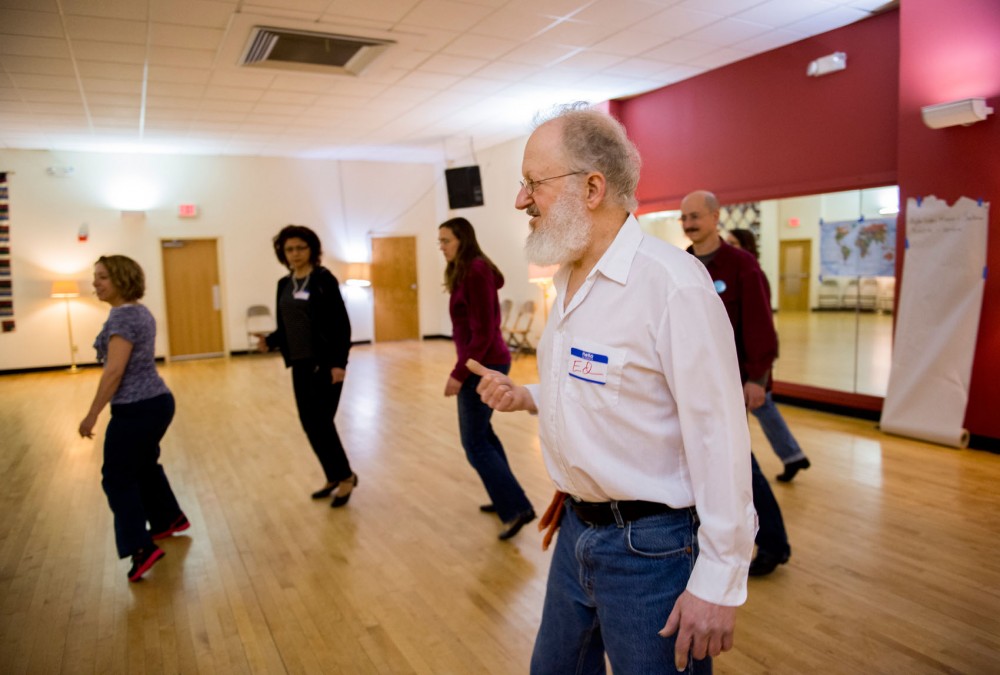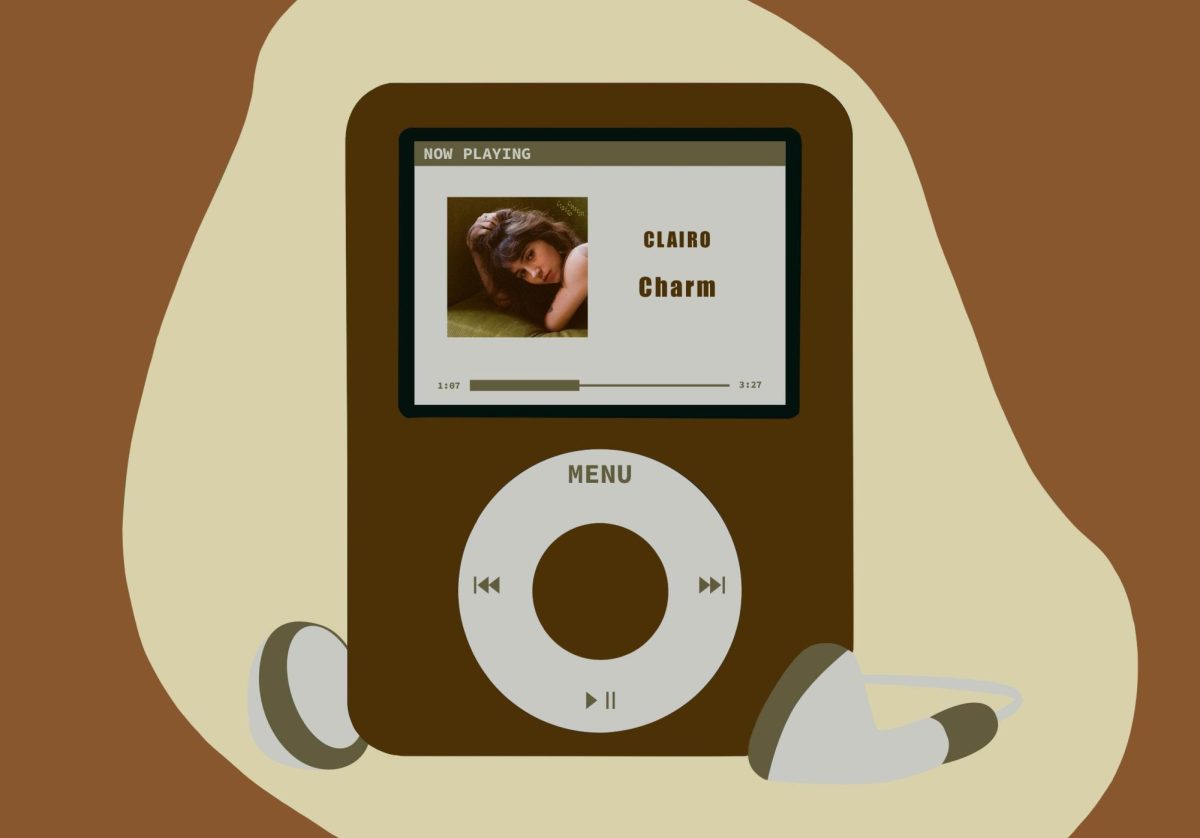Straddling a folding chair in a warm, empty studio space at Tapestry Folkdance Center, dance teacher Ed Stern bounces with a youthful exuberance that betrays his long white beard.
While studying biochemistry at the University of Chicago years ago, Stern, somewhat surprisingly, became entangled in the international folk dance social scene.
“It certainly wasn’t that I wanted to dance — I basically grew up a dance-hater,” he said.
While Stern joined a folk dancing group at his alma mater for the diversity of people and music that international folk dance attracts, fellow teacher Theresa Mish joined a similar group at her college because she saw something in the international folk dance arena that she hadn’t experienced anywhere else.
“It had a lot more variety than the other dancing I saw because it pulls from this wide range of things,” she said.
This array of dances, music and culture is now part of the core curriculum that the pair teaches in their beginning international folk dance class.
In one class, a traditional 200-year-old Serbian dance may be followed by a modern, choreographed American jazz dance. Each class usually features seven to nine new folk dances with similar basic building blocks.
Unlike other classes around the Twin Cities that focus on certain ethnic cultures or specific eras in folk dance, the class at Tapestry provides the tools for folk dancers to learn and perform a host of dances from all over the world.
“We [want] people to get comfortable doing step, step, step, hop in different guises,” Stern said.
Stern explained that participants in the class usually like to explore the context surrounding a given dance.
“It’s a nice springboard to a lot of different things. If you’re into it intellectually, you learn about culture. You learn about geography. You could learn about languages,” he said.
In Tapestry’s 30-year history, a tightly knit community has traditionally formed among class attendees. Many dancers who attend the introductory class often stay for the request dancing, which follows the class on Friday nights. This is a time when dancers can look in the extensive library of music at Tapestry and choose a particular dance they love or want to try. For Stern and Mish, it’s a relaxed time to show off their favorite moves.
“It’s not taught — in effect it’s like a folk dance discotheque. The music comes on, and you do the dance,” Stern said.
Although it takes some time to get comfortable moving across the polished wooden floors at Tapestry, the staff is very willing to help out a true beginner.
“Our presumption for our class is that when people walk through the door, they’ve never danced a step in their lives — that’s where we start,” Stern said.
Although Stern has decades of experience, he mastered every twirl and grapevine by taking a first step.
“You don’t have to have experience,” he said. “You may need to be a little brave.”

















